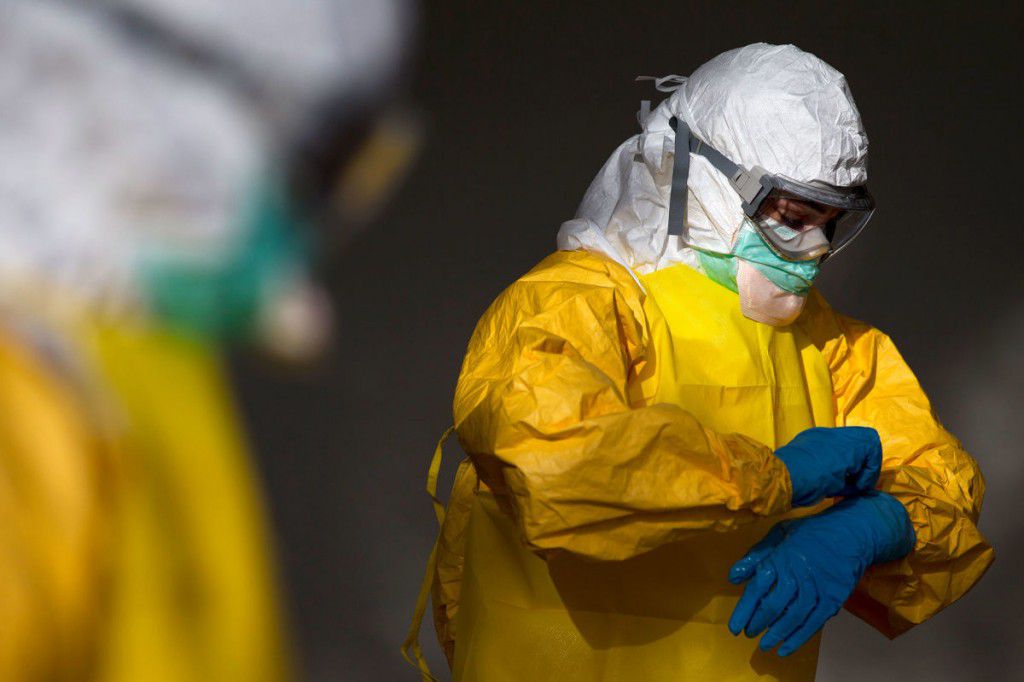Understanding the external challenges in the public safety landscape

Public safety organizations are facing a double set of challenges today, pressured by both internal and external forces to keep pace with a rapidly expanding threat landscape with often limited financial, physical, and human resources. The combined impact of these challenges requires ministries, agencies, and departments to transform their operations and take better advantage of the efficiencies offered by today’s technology solutions.
Each organization, from international policing establishments to ministries, city and municipal police, and volunteer fire fighters, has its own unique needs. But they also share a broad range of threats to public safety across the globe that are common to most, if not all, organizations. Fortunately, there also is a set of solutions emerging in the new technology ecosystem created by our cloud first, mobile first world and by the explosion of social media.
In this post I examine the external challenges facing the public safety community and driving change in their organizations. In coming posts I will look at internal constraints on these departments and detail some of the technology solutions to meet these needs.
Among the emerging challenges threatening public safety in today’s world are:
- Acts of Terrorism and War: Every newspaper, radio newscast, or online newsfeed today is likely to feature acts of terrorism and warfare, either homegrown or international. All have an impact to governments and citizens locally, nationally, and globally. Combating and responding to these threats is the collective responsibility of all levels of government, through military, public safety, health and humanitarian aid organizations. Securely sharing information and collaborating in real-time among agencies and jurisdictions are primary requirements, along with building and maintaining a common and dynamic operational picture. Our thoughts go out to those impacted around the world today.
- Crime: From urban street crime, to the organized criminals operating across Europe, to the global epidemic of cyber and high-tech crime, there is a growing demand for law enforcement to be able to predict and combat these dynamic threats. To combat this ever changing situation law enforcement organizations must be able to gather local intelligence from the public via technology such as mobile phones, landline phones, and social media. Other sources of intelligence are online reporting, Closed Circuit TV cameras such as those used in Sao Paulo, in-car surveillance (such as the Modularis and Tetratab solutions), and body-warn cameras being adopted in many communities. New innovative cloud solutions from companies such as VIEVU help manage the vast volumes of data being collected by officers. An innovative example of frontline policing and harnessing new technologies is Queensland Police in Australia.
- Natural Emergencies and Disasters: Public safety, civil defence, emergency, humanitarian and volunteer organizations work together year-round to mitigate the impact of natural emergencies and disasters. These emergencies range from house fires and chemical spills on motorways to regional floods and hurricanes that impact several counties. Public health crises such as the Ebola outbreak cross national borders and require multinational intervention. Social media platforms such as Twitter and Facebook as well as mobile texting are proving to be effective tools for both gathering timely data and providing information to stakeholders, including those at risk as well as responders.
- Public Order: Public disturbances, be it a fight outside a night club, a rowdy crowd at a major sporting event, political marches and riots, or public celebrations, all can have an impact on public safety resources. Broadcast alerts, crowd analysis through social media, body-worn cameras, CCTV cameras and other sensors are combining to create real-time situational awareness that can enable public safety officials to coordinate activities and respond to a variety of events in a timely manner.
- Demographics: Aging populations, the growing migration from rural to urban areas, human trafficking and free movement across borders are all placing demands on public safety officials. They must make proactive decisions about where to locate personnel and resources to protect the vulnerable members of our communities from a growing list of threats.
- Citizen Services: Citizens and businesses expect the same high levels of service and 24×7 response from public officials as they have come to expect from the private sector. Neighborhood watch, crime stopper websites, local police station portals such as those in Delhi, and other community policing initiatives are increasingly being adopted by law enforcement to help predict, prevent, and respond to incidents. Local open source intelligence can be gathered and analyzed with the help of social media, mobile, and cloud technologies. Online and mobile citizen services are being used by fire departments to provide advice on fire risks to both homes and businesses and geotagged mass alerts can provide immediate warning to communities in danger of natural disasters.
Mobility, virtualization, and cloud solutions can empower both citizens and public agencies, making use of the wealth of information becoming available today. Tools that identify and gather relevant data, analyze it, and put it into the hands of those who need it can become force multipliers, enabling the delivery of faster, more efficient citizen services.
In my next post I will take a closer look at the internal constraints that are driving demand for technology solutions to support more cost-effective operations.




